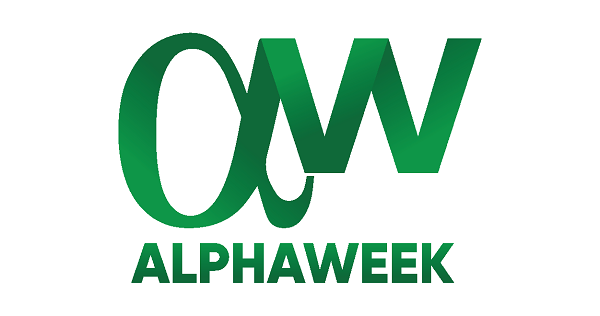The average hedge fund gained 1.23% in September, padding 2024 gains to +8.06%, according to the latest data from industry tracking firm, HFR.
Event-Driven hedge funds led industry-wide gains in September as the US Federal Reserve lowered interest rates and managers positioned for increasing M&A into year-end despite continued escalation of military conflicts in the Middle East and Eastern Europe. The HFRI Event-Driven (Total) Index jumped +1.8 last month.
Macro strategies also advanced in September, reversing four consecutive monthly declines as interest rates fell; Macro led strategy performance in early 2024 with four consecutive months of gains prior to the declines. The HFRI Macro (Total) Index advanced +1.27%, led by Discretionary Thematic and Multi-Strategy exposures, as managers positioned for continued falling rates and an improving global economic outlook. Year to date gains stand at +4.50%.
Equity hedge funds also posted strong performance for September as the HFRI Equity Hedge (Total) Index advanced an estimated +1.2%for the month to bring the YTD return to +10.2%, leading all main strategy indices this year.
“Hedge funds gained to conclude the volatile third quarter, which included one of the largest intra-quarter spikes and dislocations in financial market volatility in several years, as geopolitical risks remained at generational levels, and as economic risks shifted from inflation to weakening global economic growth. Gains were strong across all strategies, led by event-driven exposures as investors positioned for an improving M&A environment into year-end, while Macro strategies recovered from several months of declines as managers navigated a major inflection point in interest rate expectations,” stated Kenneth J. Heinz, President of HFR.
“Hedge fund managers continue to position for risks into year end, including geopolitical risks (upcoming election and ongoing military conflicts), as well as the way in which interest rate and economic risks have evolved in the past few months, while maintaining a keen awareness of the recent volatility spike and the potential for dislocations. Institutional investors interested in accessing many of the opportunities created by these rapid adjustments, as well as portfolio protection from associated volatility, are likely to increase exposures to managers which have demonstrated their strategy’s ability to deliver performance through recent volatility market cycles.”










